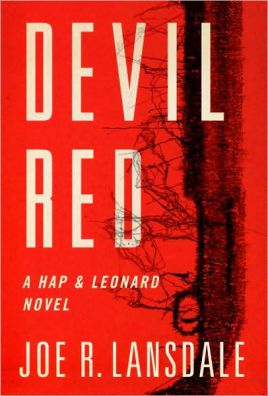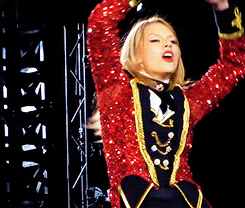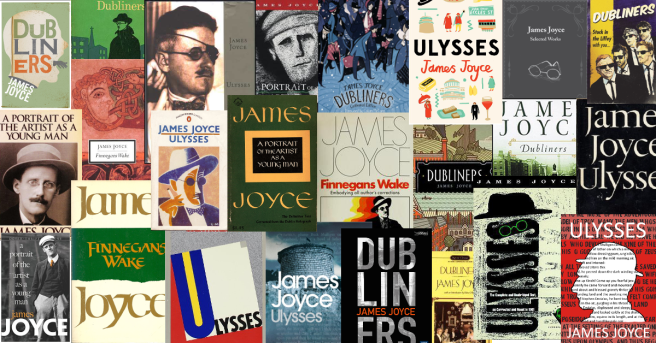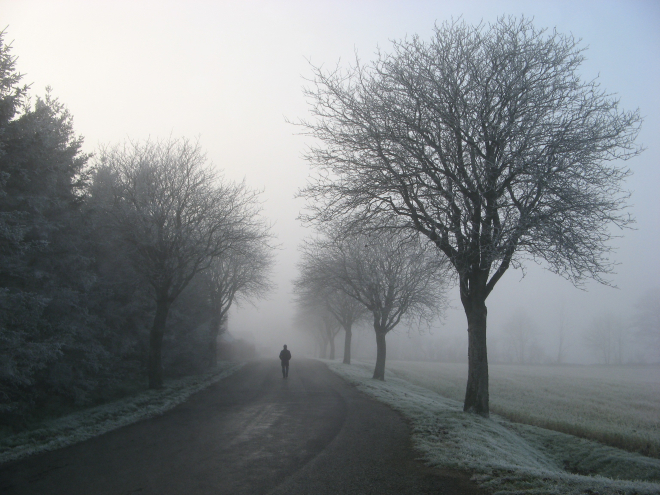 The other day, I was raving about Joe Lansdale’s wonderful Hap and Leonard books (Lansdale’s neo-noir series about two best friends living in Texas and the various, shall we say, incidents that arise in their lives) and talking about how I hope the new TV series gets the books more readers. Someone responded to me that they really wanted to, but they just couldn’t handle another series right now.
The other day, I was raving about Joe Lansdale’s wonderful Hap and Leonard books (Lansdale’s neo-noir series about two best friends living in Texas and the various, shall we say, incidents that arise in their lives) and talking about how I hope the new TV series gets the books more readers. Someone responded to me that they really wanted to, but they just couldn’t handle another series right now.
Not to worry, I explained; the Hap and Leonard books are essentially standalone cases; while some supporting characters and some emotional ramifications carry over from book to book, you can pretty much read each one on its own. Indeed, I explained, I love to space them out, treat each one as a little gift to myself when I need a dose of Lansdale’s hilarious dialogue, rich characters, and more than anything, more time with Hap Collins and Leonard Pine, two of my favorite characters in books these days. (It’s to Lansdale’s credit that the central dynamic of the book – that Hap is a straight, white former Vietnam war protester who served time for being a conscientious objector, while Leonard is a gay black Vietnam vet, never feels like a contrivance or a hook; instead, the two men just feel like old friends, and Lansdale never lets that friendship be anything less than the central relationship in their lives.)
All of which is a long leadup to saying that, for the first time, Devil Red feels not like a standalone adventure in Hap and Leonard’s lives, but rather, a continuation of an earlier one; it’s a book that feels less like the newest entry in the series, and more like part two of the previous book, Vanilla Ride. And while that’s not entirely a bad thing, it definitely makes Devil Red a little less satisfying on its own terms.
Mind you, this is still Lansdale, and still Hap and Leonard, with all of the joys that that brings with it. (An ongoing character beat involving Leonard’s new choice of headgear never gets any less funny; in fact, it only gets better and better as the novel continues.) And in some ways, the choice to continue on after Vanilla Ride allows Lansdale to follow some intriguing threads – most notably, Hap’s efforts to come to terms with the violence he has been doling out in this series, and how it conflicts – or worse, maybe doesn’t conflict – with the pacifistic beliefs he claims to hold. In Lansdale’s hands, Devil Red ends up being a fantastic exploration of Hap, and how far he’s come over the course of this series – and whether he wants to be that person or not. What’s more, it allows the final quarter of the book – in which Lansdale does something truly shocking for this series, in many ways – to function not only as a climax for the series, but to build off of all of the tensions and violence that’s come before it, and deliver a character-driven payoff that’s far more satisfying as a long-time reader than it might be on its own terms.
Nonetheless, Devil Red doesn’t quite hold its own against the best entries in the series. More than anything else, the plot here feels a bit perfunctory and threadbare; what starts as an intriguing mystery turns out to not have much meat on the bones, and without the twists and turns that Lansdale is so good at (to say nothing of how this entry lacks the usual rich subtext that Lansdale so often brings), it feels a bit less colorful and fun than his best works. Is it still a fun read? Of course – I don’t think Lansdale is capable of anything less than that, and that goes doubly when Hap and Leonard are around. But it doesn’t compare to the peaks of the series, and feels more like an extended epilogue than a true standalone novel.
It’s still a blast, though.
Amazon Advertisements Share this:





